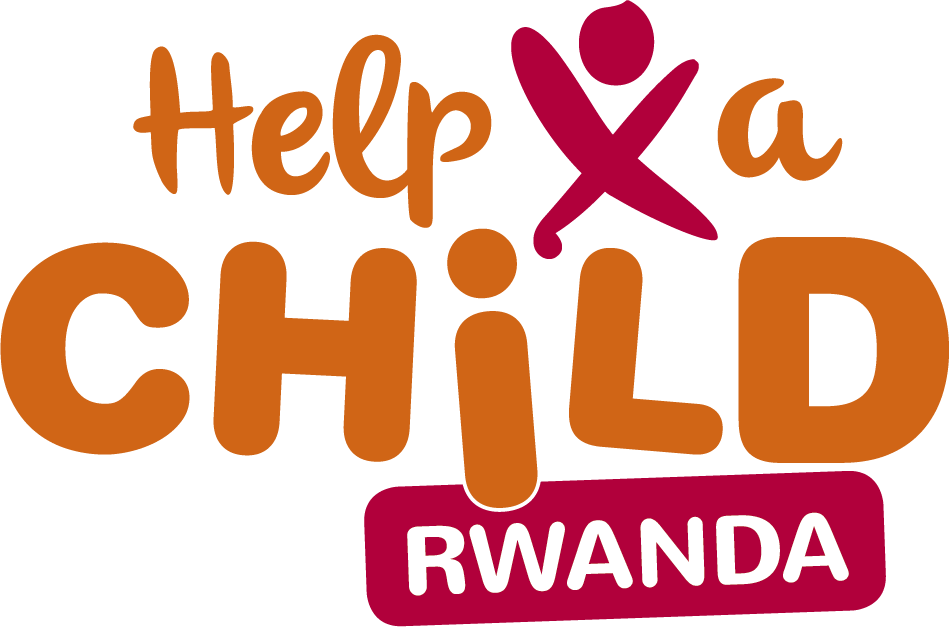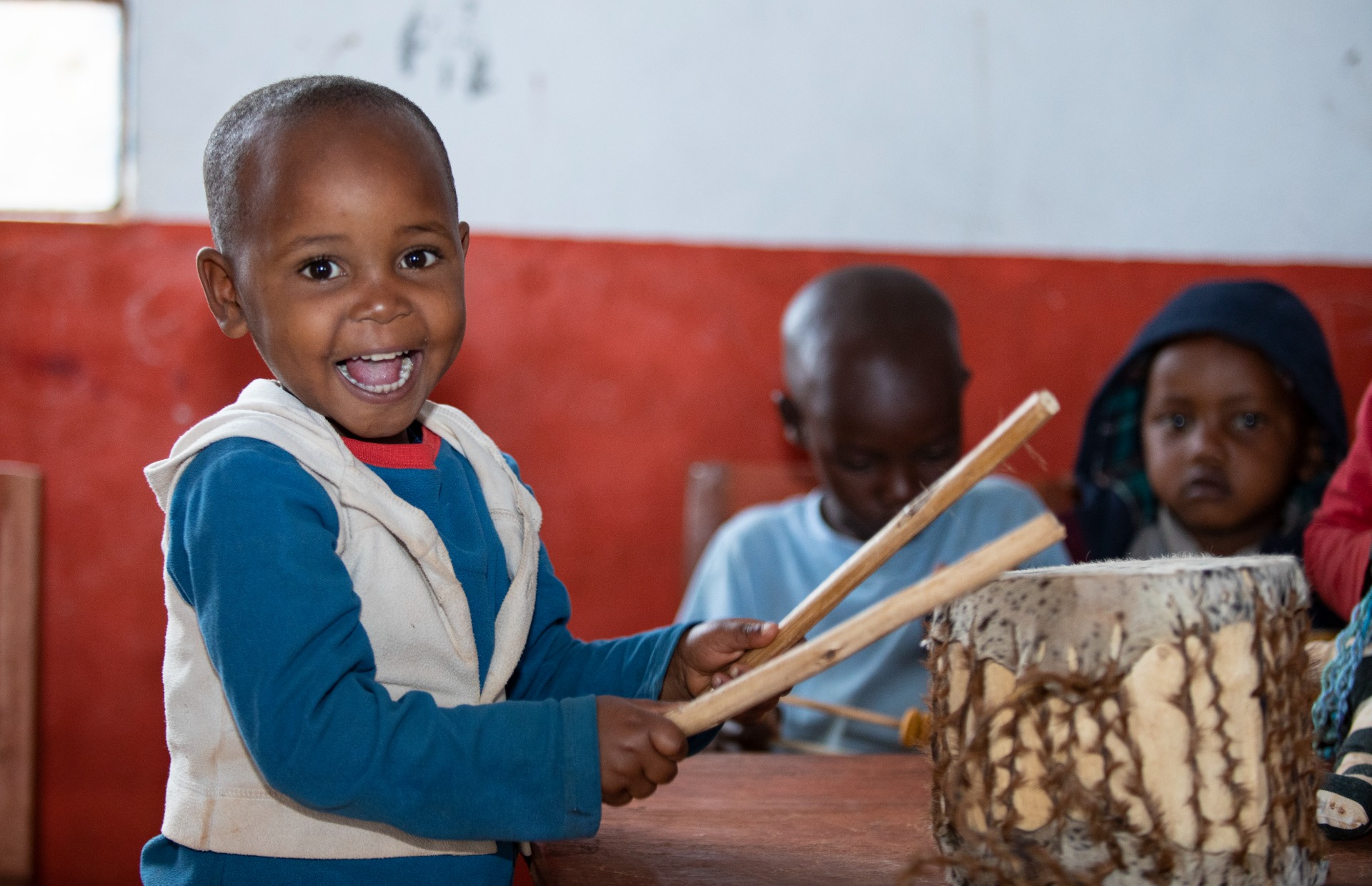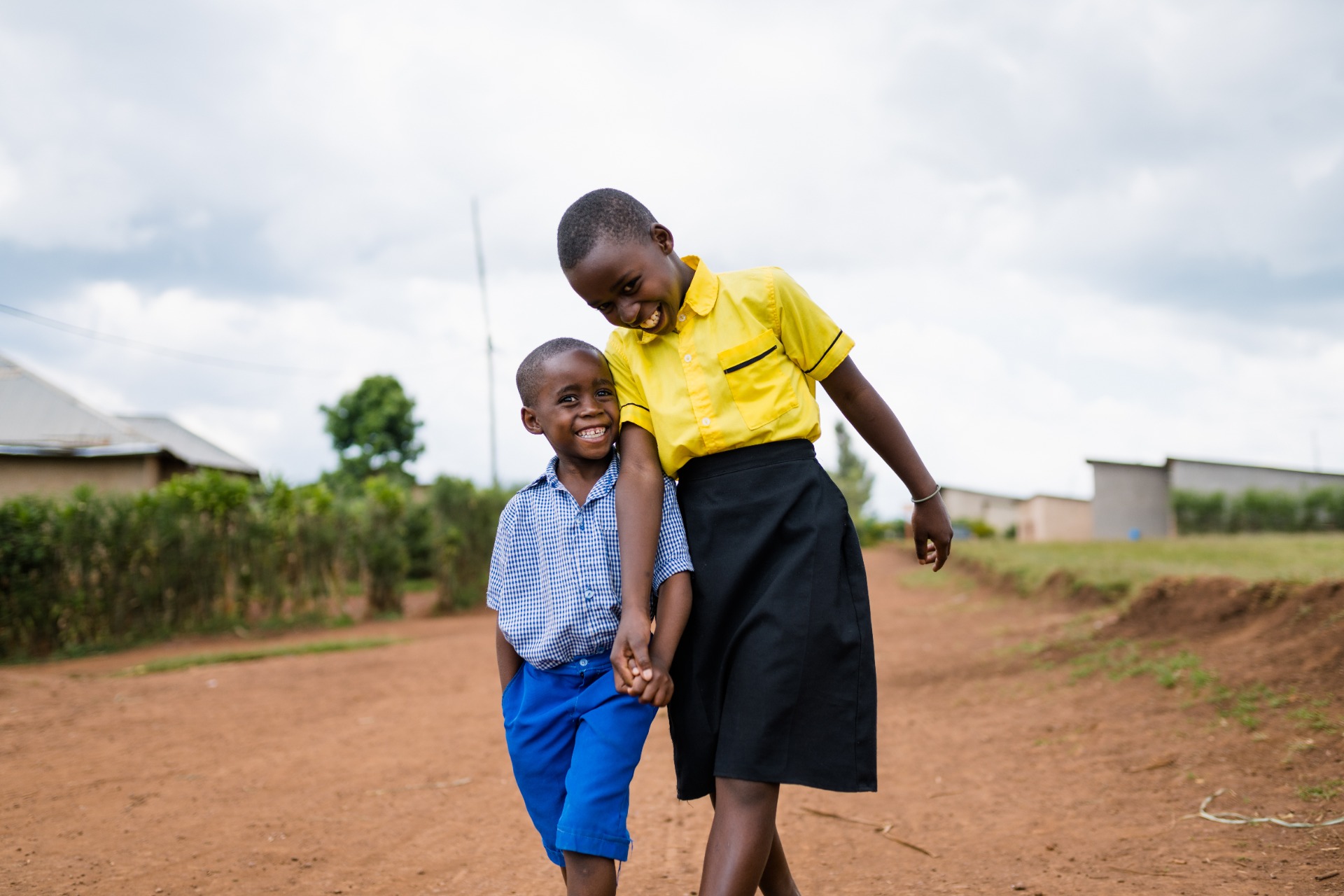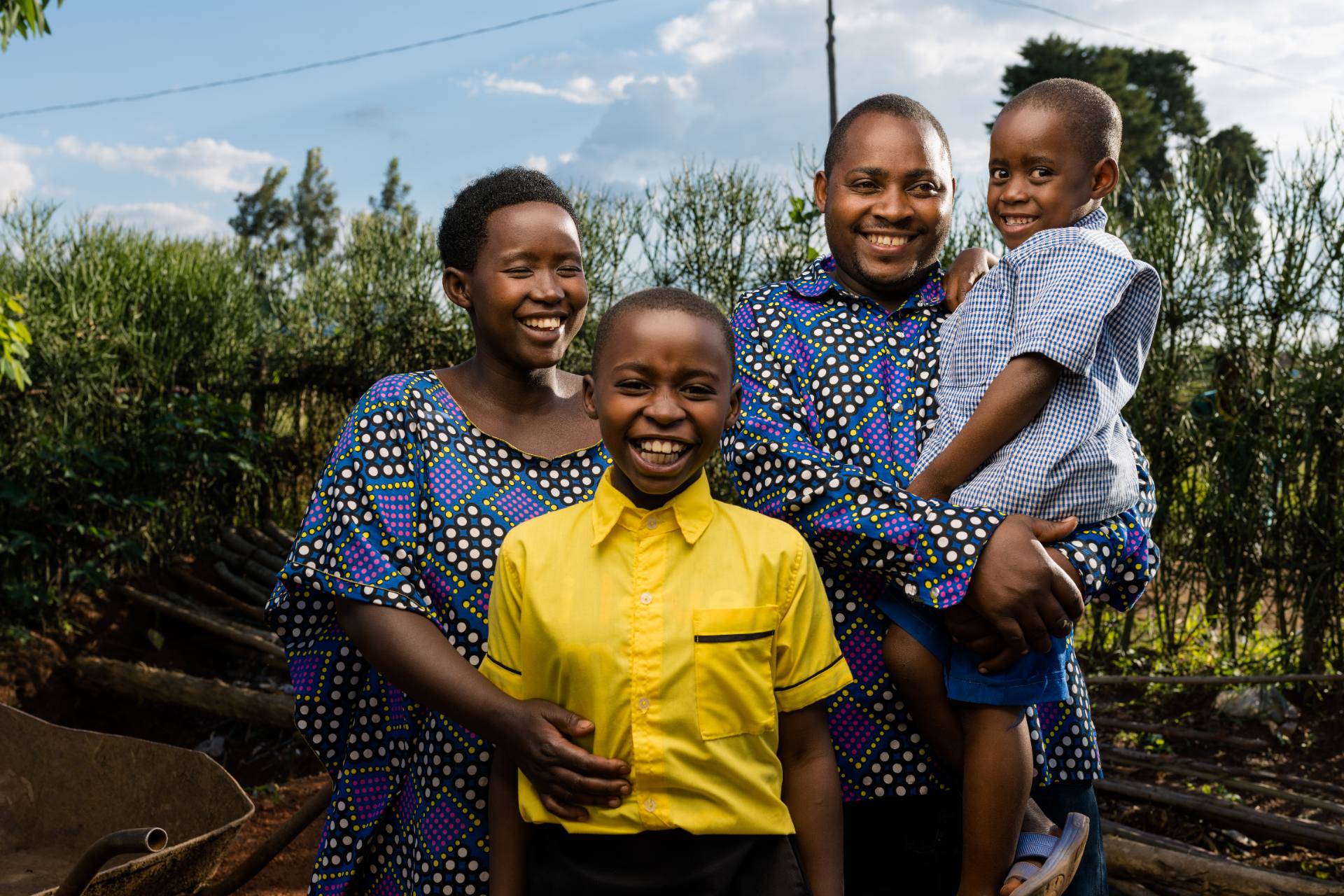In a pioneering move aimed at transforming the lives of vulnerable children in Rwanda, Help a Child launches Turakura Kids Rwanda.
This innovative program is designed to enhance early childhood development for children aged 0-7, focusing on providing quality education and creating safe environments. Help a Child is the first child-sponsoring organization to take this innovative step towards community work with a focus on children.
The name Turakura means ‘We grow and learn together’ in the Kinyarwanda language, and this reflects Rwanda’s strong communal culture and highlights the program’s emphasis on collective growth.
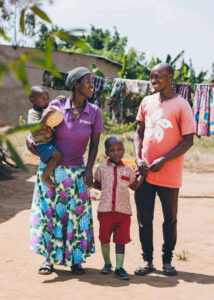
A brighter future for Rwanda’s children
With Turakura Kids Rwanda, Help a Child wants to make a lasting impact on Early Childhood Development for 25,000 children in the coming five years. With its focus on community empowerment, quality education, and child protection, the program aligns with Rwanda’s national priorities and the global goal of improving access to education for every child. “By ensuring that children are at the heart of development efforts, we are providing a future for children in need, their family and their entire community”, says Jean Claude Nshimiyimana, Country Director of Help a Child Rwanda.
“Turakura Kids Rwanda is about empowering communities to create sustainable solutions that benefit their children today and in the future”
Key features of Turakura Kids Rwanda:
- Community-centric approach – Turakura Kids Rwanda is rooted in the belief that sustainable change begins at the community level. The program encourages local participation in planning, decision-making, and implementation, ensuring that the needs of the children and their families are met in a way that is sustainable and that the needs of children are met after the project concludes. By bringing communities together, Turakura strengthens social cohesion and collective responsibility for children’s welfare. We also aim at increasing household income, allowing parents to be better able to take care of their kids.
- Focus on Early Childhood Education – A critical aspect of the program is its focus on early childhood education, addressing the significant gaps in educational access for children under seven in Rwanda. To ensure that children have the opportunity to thrive, Turakura plans to construct six preschool facilities annually, totalling 30 over the next five years. These schools will provide quality education and safe spaces for young children to learn and grow.
- Enhanced Child Protection – In addition to education, Turakura Kids Rwanda emphasizes child protection, safeguarding vulnerable children in its programs. By promoting collective responsibility and reducing individual child sponsorship, the program ensures that children are protected from exploitation and receive care in a secure environment.
- Digital engagement for supporters – The Turakura model is not only new for Help a Child but also a new model for sponsoring in The Netherlands. Turakura moves away from traditional child sponsorship models by offering a digital platform that allows supporters to receive direct updates from children in the program through videos, newsletters and quarterly updates. This immersive experience provides a deeper connection between supporters and the communities they support, making the experience more personal and impactful.
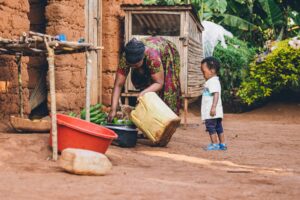
We want every child to have a live in dignity, with love and a promising future. With the start of this new five-year programme, we can empower the next generation and create a better, more sustainable future for more children in need. To read more on this programma, click here.
